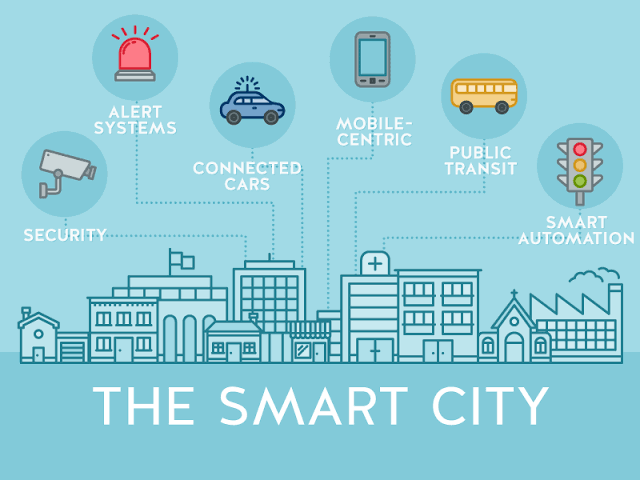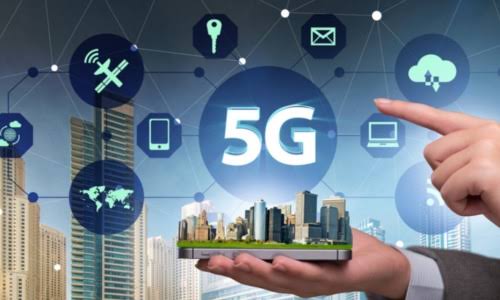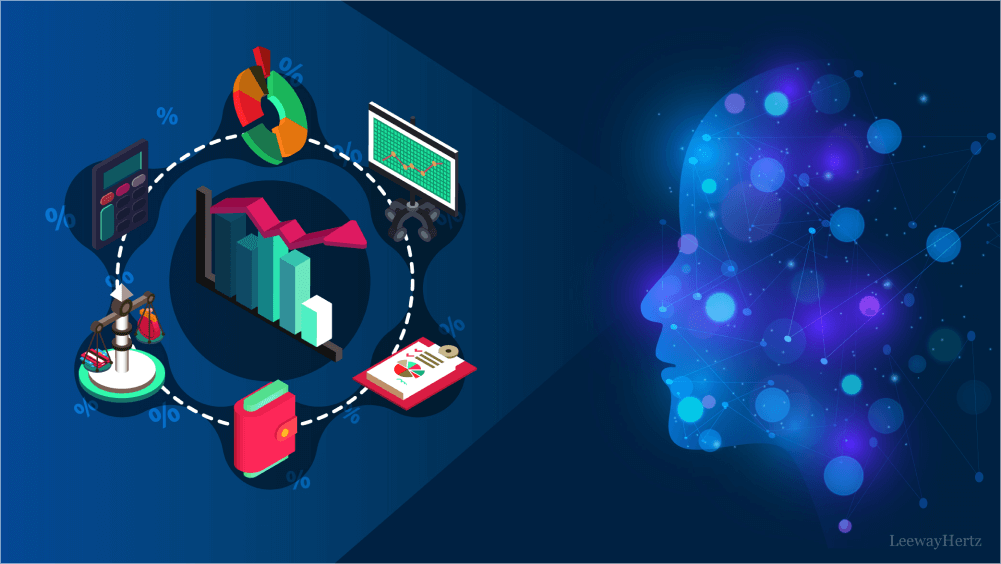The Internet of Things (IoT) is at the heart of transforming cities into smarter, more efficient, and more sustainable environments. With rapid urbanization and increasing population densities, governments and city planners face mounting challenges related to transportation, energy management, waste control, and security. IoT technology offers innovative solutions by connecting devices, sensors, and systems that gather and share data in real time. This interconnected ecosystem not only improves infrastructure and services but also enhances the quality of life for urban residents. By 2025, smart cities around the world are relying heavily on IoT to address pressing issues of urban living.
Understanding the Internet of Things in Smart Cities
The Internet of Things refers to a network of devices embedded with sensors, software, and connectivity that allow them to exchange data. In the context of smart cities, IoT integrates multiple city services into a single, intelligent system. Streetlights, traffic signals, waste bins, utility meters, and surveillance cameras can all communicate with one another to optimize services.
- IoT enables continuous monitoring of city infrastructure.
- Real-time data helps city authorities make quick and informed decisions.
- Automation reduces the need for manual intervention in critical systems.
This framework helps cities become more sustainable, efficient, and citizen-friendly.
Enhancing Urban Mobility with IoT
Traffic congestion is one of the biggest challenges in urban areas, and IoT provides solutions to streamline transportation.
- Smart traffic lights use sensors to adjust signal timings based on traffic flow.
- Connected vehicles share data with infrastructure to reduce accidents and delays.
- Smart parking systems guide drivers to available spaces, reducing unnecessary driving.
These solutions not only cut down travel time but also lower fuel consumption and carbon emissions, making transportation more efficient and eco-friendly.
Energy Management and Sustainability
Smart cities use IoT to ensure energy is consumed efficiently while reducing waste.
- Smart grids adjust electricity distribution according to demand in real time.
- IoT-enabled streetlights dim or brighten depending on pedestrian activity.
- Buildings equipped with smart sensors optimize heating, cooling, and lighting.
By reducing energy wastage, cities save costs while also working toward sustainability goals.
Waste Management with IoT
Waste collection and disposal are major urban issues, but IoT helps streamline these processes.
- Smart bins with sensors alert waste collectors when they are full.
- Data analytics optimize waste collection routes, reducing fuel use and labor costs.
- IoT-based recycling systems track and manage recyclable materials more efficiently.
This creates cleaner cities while reducing the environmental impact of waste disposal.
Improving Public Safety and Security
Public safety is a priority for all cities, and IoT plays an essential role in enhancing it.
- Smart surveillance cameras with AI detect suspicious activities in real time.
- Connected emergency services receive instant alerts during accidents or disasters.
- IoT-based disaster monitoring systems predict floods, earthquakes, or fires.
These technologies allow for quicker response times and improved safety for citizens.
Healthcare in Smart Cities with IoT
IoT also strengthens healthcare systems within smart cities by ensuring better accessibility and monitoring.
- Remote patient monitoring devices transmit health data to doctors in real time.
- Smart ambulances connected to hospitals share patient information before arrival.
- Air quality sensors help identify pollution levels that may affect public health.
By integrating healthcare services with IoT, smart cities can provide proactive care and better disease management.
The Role of IoT in Smart Governance
Efficient governance depends on accurate data and citizen engagement, and IoT helps in both areas.
- IoT-powered e-governance platforms collect feedback from residents.
- Digital platforms track city services, ensuring accountability and transparency.
- Real-time monitoring allows authorities to quickly identify and address problems.
This creates stronger relationships between governments and citizens, promoting trust and efficiency.
Challenges of IoT in Smart Cities
While IoT offers significant benefits, there are also challenges that must be addressed.
- Cybersecurity risks: Connected devices are vulnerable to hacking.
- High implementation costs: Deploying IoT infrastructure requires major investments.
- Data privacy: Collecting vast amounts of personal data raises concerns.
- Interoperability: Different IoT systems must work together seamlessly.
Addressing these challenges requires stronger regulations, improved cybersecurity, and collaboration between governments and technology providers.
The Future of IoT in Smart Cities
As technology continues to advance, the role of IoT in smart cities will expand further.
- Integration with artificial intelligence will make systems more adaptive and predictive.
- 5G connectivity will enable faster communication between devices.
- Green IoT solutions will focus on reducing energy use and environmental impact.
- Citizen-centric services will personalize urban experiences for residents.
These developments will lead to more efficient, safer, and eco-friendly cities worldwide.
Conclusion
The Internet of Things has become the backbone of smart cities, driving efficiency, sustainability, and innovation. From traffic management and energy conservation to healthcare and public safety, IoT solutions ensure that urban areas are equipped to handle growing populations and modern challenges. While issues of cost, security, and privacy remain, advancements in technology promise a future where smart cities are not just a vision but a reality for millions of people around the globe.



